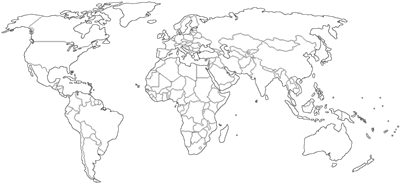
Most trusted source for Tendering Opportunities and Business Intelligence since 2002

Most trusted source for Tendering Opportunities and Business Intelligence since 2002
Country - India
Summary - Rfp - For Baseline Preventing Child, Early And Forced Marriages (Cefm)
Deadline - login to view
GT reference number - 77559732
Product classification - Construction work
Address - India
Contact details - 565656565
Tender notice no. - 76454545
GT Ref Id - 77559732
Document Type - Tender Notices
Description - Preventing Child, Early and Forced Marriages (CEFM)Empowering Girls to negotiate for continuing/completing school, delaying marriage, accessing appropriate services and schemes to build a future for themselves project in OdishaRequest for Proposal fo r BaselineBACKGROUNDConsidering India’s large cohort of adolescents, with one in every 10 Indian an adolescent girl - they are the harbingers of the entire country’s future, representing an inspiring dividend for the country’s socio-economic progress. A World Bank study has demonstrated that increasing the uptake of secondary education of girls by even 1% results in an annual income increase of 0.3% per capita for any nation, and hence, inv
Gt Ref Id - 77559732
Deadline - Feb 10, 2024
View more tenders for
Infrastructure and construction Tenders Construction work Tenders India TendersSimilar Tenders :
Why Us
3,00,000 +
Users
190 +
Countries Covered
5,00,000 +
Agencies Tracked
50,000 +
Notices Daily
90 Million +
Database